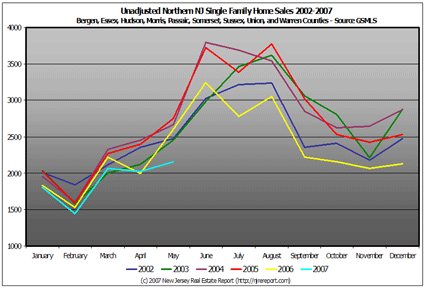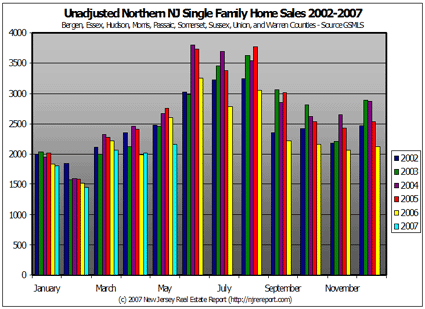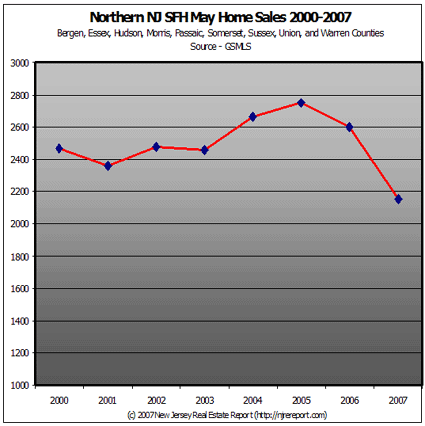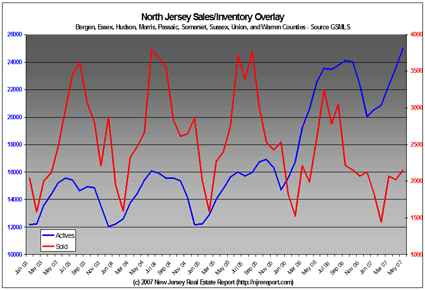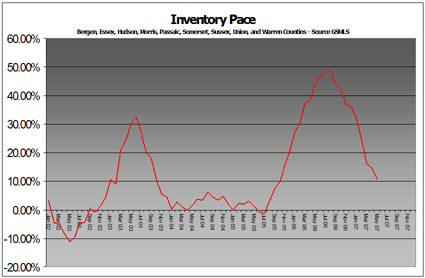From the Allentown Morning Call:
The number of new listings for homes in the Lehigh Valley hit an all-time high in May, providing prospective buyers with enough selection to be choosier and make offers below asking price.
Prospective buyers are reaping the benefits of lots of homes on the market because they can be choosier and make offers below asking price.
Real estate agents say buyers do not feel the urgency to purchase that they felt two years ago when many homes received multiple offers the day they came on the market. As a result, many sellers find their homes are sitting longer on the market, there are more price reductions and there are fewer bidding wars, which drive up the sales prices.
The number of new listings was about three times the number of homes sold in May. Bethlehem economist Kamran Afshar said the two statistics should be roughly even.
”As the price of housing goes up, everyone and their uncle wants to list their house, even if they really were not planning on leaving,” said Afshar, who publishes the quarterly Lehigh Valley Economic Review. ”You have more houses on the market than otherwise would have been because it is such an attractive market.”
…
But the high number of homes for sale is slowing the pace of transactions, and possibly depressing prices. New listings rose 16 percent last month to 1,864 units, compared with May of 2006, while the number of homes sold fell year-over-year for the 12th month in a row.
…
Last month, there were about 3,400 homes listed by real estate agents for sale, or about 1,000 more than the number of real estate agents who work in the Valley.”Buyers are finding more inventory from which to choose. They are not making their decision as quickly as they did before, and that’s why now you will find more listings on the market,” said Rosemary Scardina, chief executive director of the Realtors’ association.

